Washington (CNN)Days before the Supreme Court could strip it of a central component, there is still no “plan B” for Obamacare.
Health and Human Services Secretary Sylvia Burwell warned the Obama administration will be unable to cover the millions of Americans who could lose their medical insurance if the Supreme Court decides to unravel much of the Affordable Care Act.
“We don’t believe there is an administration solution that would undo all of that damage,” Burwell said about the looming Supreme Court ruling in an exclusive interview with CNN.
The court could rule as early as Monday in the health care case. They are expected to hand down a decision by the end of the month.
RELATED: How the Supreme Court could send Obamacare into a ‘death spiral’
HHS officials worry most Americans are unaware of the potential chaos at stake should the justices decide against the administration in King versus Burwell, the latest legal challenge to the Affordable Care Act, also known as Obamacare.
The case rests on whether consumers who purchase their insurance on the Obamacare’s federal exchanges are legally eligible for hundreds of dollars in subsidies that makes their coverage more affordable.
Obamacare opponents argue the legislative text in the Affordable Care Act dictates that financial assistance is only available on insurance marketplaces “established by the state.”
The plaintiff’s claim before the justices is that the the law’s language renders those cost-saving subsidies illegal in the 34 states that rely on the federal exchange — healthcare.gov — to sell insurance to consumers.
“They would lose their subsidy,” Burwell said of the consumers at-risk in the case. “And if they lost their subsidy, (their coverage) would become unaffordable. And most of those people would potentially become uninsured.”
Of the approximately 10.2 million Americans who have purchased their insurance in Obamacare’s federal marketplace, 6.4 million would lose an average of $272 per month in subsidies and simply drop their coverage, HHS estimates.
The result, Burwell has warned publicly, would be a “death spiral” in the insurance exchanges. As consumers drop out of the health care system, prices will go up for hospitals, doctors and consumers.
The HHS secretary cautions her department has prepared to explain that worst-case scenario to the public. But she said the administration cannot simply disobey a Supreme Court decision and continue to provide subsidies to consumers that are deemed illegal by the justices.
“What we will do is we will be ready to communicate with all of the stakeholders, whether it be insurers, employers, states and consumers. We’ll be ready to work with states,” Burwell said.
Burwell said there are essentially two options for a remedy. The first would rely on lawmakers in Congress to draft a legislative fix to the law’s language.
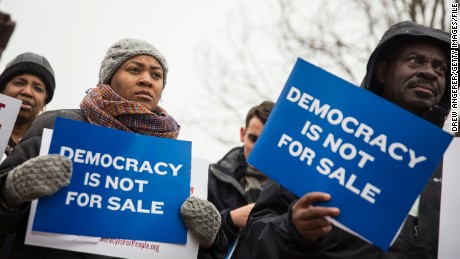
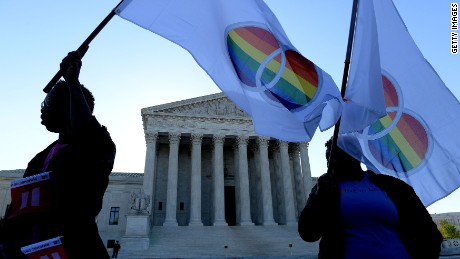
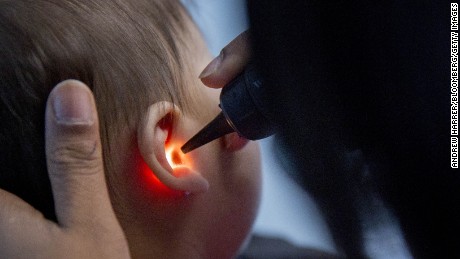

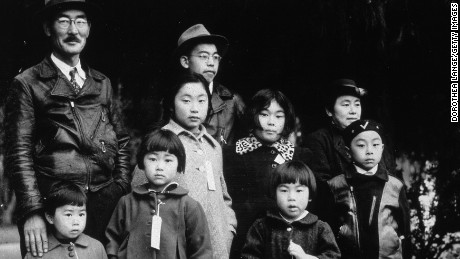

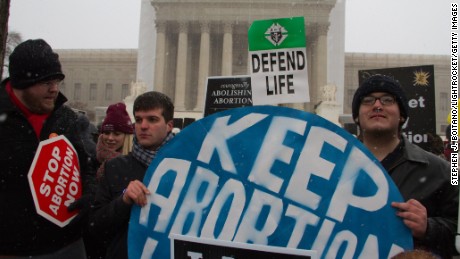





But with a Republican controlled Congress, she conceded that is highly unlikely. Just last week, House Speaker John Boehner vowed to continue efforts to repeal Obamacare, something GOP lawmakers have attempted to do dozens of times, despite veto threats from the White House.
“Obamacare is fundamentally broken. Americans can’t afford it,” Boehner said at a press conference last week.
Or, Burwell said, the states currently using the federal exchange could prop up their own marketplaces, thus making their consumers suddenly eligible for subsidies.
Those states, the White House has repeatedly noted, are almost entirely controlled by Republican governors and legislatures that are also hostile to Obamacare.
“If the court makes the decision that we don’t have the authority to do these subsidies, then the critical decisions are going to sit with the United States Congress, and with states and governors,” Burwell said.
“We will do all that we can to work with them,” she said. “But the critical decision point as to whether or not individuals can have those subsidies will sit with them.”
Even as the Obama administration warns of the fallout of a defeat for Obamacare at the Supreme Court, Burwell stressed key pillars of the program will stand.
“There are many pieces of the Affordable Care Act that will stay in place,” Burwell said, pointing to the law’s provision allowing young adults to stay on their parents’ medical plans until age 26 and the guarantee that insurers cannot discriminate against consumers with pre-existing conditions.
But until the Supreme Court issues its decision, the most dramatic moment for Obamacare since it was upheld in the midst of the 2012 presidential campaign, Burwell said all she and her department can do is wait and prepare.
“Until the court gives us a decision, we don’t know what that is,” she said.
Sent from my Tricorder
